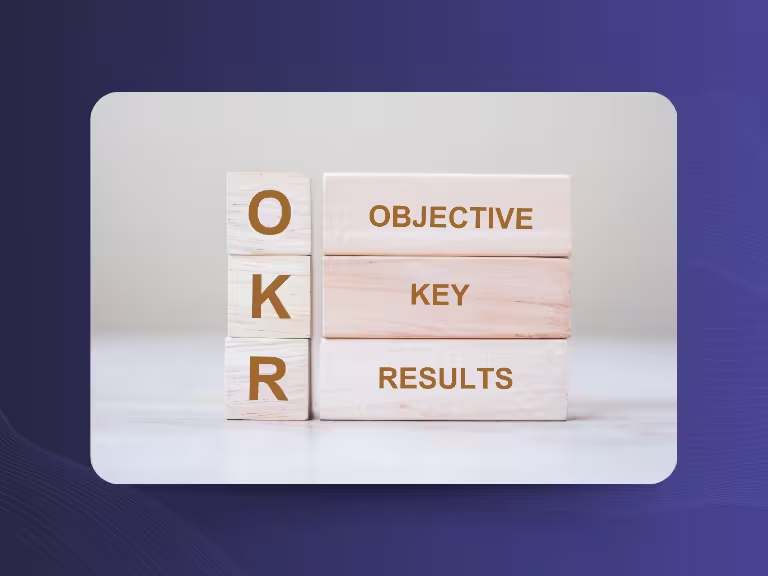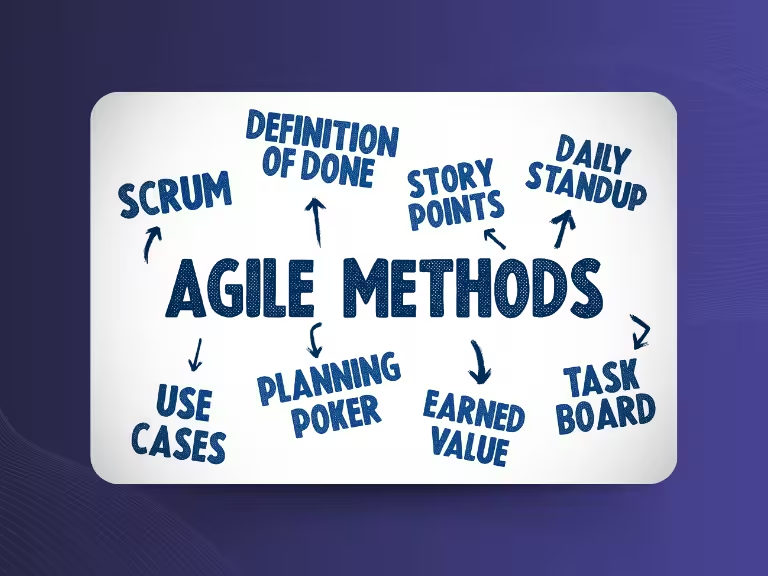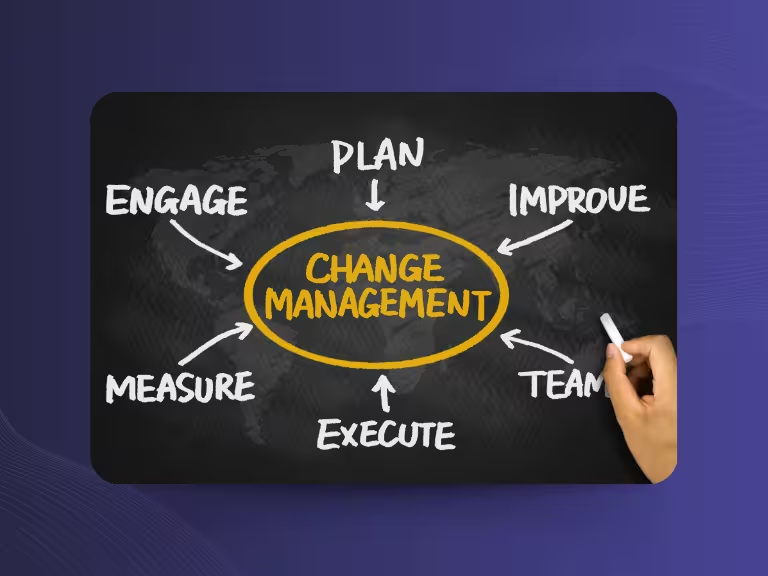Preparing for Sales Conversations – How to Achieve the Perfect Close
A successful sales conversation often determines the difference between a missed opportunity and a satisfied customer. But what makes the difference? The answer lies in thorough preparation. While many salespeople know the basics, only a few fully exploit the potential that lies in thoughtful preparation. It's not just about product knowledge anymore – mental attitude, structured conversation flow, modern technological tools, and systematic follow-up are now decisive success factors.
In this article, you can expect a comprehensive guide on how to prepare for sales conversations. You'll receive practical tips, psychological insights, and learn how modern tools like AI meeting assistants can boost your sales success. This will make your next sales conversation not only professional but also successful.
Thorough Preparation – The Foundation for a Successful Sales Conversation
The foundation of every successful sales conversation lies in preparation. Without it, you're going into the conversation like a hiker without a map – you might reach your destination, but the path will be unnecessarily rocky.
Clearly Define Objectives
Before entering a conversation, you must be clear about your goals. The SMART method works well here: Your goals should be specific, measurable, attractive, realistic, and time-bound. A vague "I want to sell something" isn't enough. Instead, you could set yourself the goal: "In this 45-minute conversation, I want to identify the customer's three most important challenges and schedule a concrete follow-up appointment for a product demonstration."

Different conversations require different goals. Sometimes it's about pure information gathering, sometimes about scheduling a follow-up meeting, and sometimes about directly closing a deal. The clearer your goal, the more purposefully you can steer the conversation.
Conduct Intensive Customer and Product Research
Thorough research is like a door opener for successful selling. Analyze your customer's industry, their market position, and the current challenges of their industry. What trends are influencing their business? Who are their main competitors?
It's particularly important to identify the decision-makers. The purchasing manager has different priorities than the CEO. While one focuses on cost efficiency, the other thinks strategically about growth and market position. Adapt your argumentation accordingly.
At the same time, you must clearly align your product or service benefits with specific customer needs. Not every feature is relevant to every customer – focus on what truly creates value.
Pre-plan Conversation Structure
A structured conversation appears professional and helps you maintain the thread. Plan the most important phases in advance: How do you want to open the conversation? What questions will you ask for needs analysis? How will you present your solution?
It's particularly important to anticipate possible objections. "That's too expensive," "We already work with another provider," or "We don't have budget right now" – you should have convincing answers ready for such standard objections.
Mental and Emotional Preparation
Mental preparation is often underestimated but is crucial for your success. Visualize the conversation flow and imagine how you confidently respond to questions and objections. This mental rehearsal strengthens your self-confidence and reduces stage fright.
Emotional intelligence is more important than ever today. Customers don't just buy products – they buy trust, competence, and the feeling of being understood. Work on your empathy and learn to recognize and appropriately respond to your counterpart's emotional signals.
Successful Conversation Management – Structure and Techniques
A well-structured conversation is like a symphony – every part has its place and contributes to overall success. The proven structure helps you proceed systematically and avoid forgetting important points.
The Phases of a Sales Conversation in Detail
Opening and trust building form the foundation for everything that follows. A friendly, authentic start, appropriate small talk, and clear presentation of the conversation goal create a positive atmosphere. Here you show that you're professional but also human.
The needs analysis is the core of every successful sales conversation. Ask open-ended W-questions: "What challenges are currently occupying you?" or "How do you currently handle this problem?" Use scaling questions like "On a scale of 1 to 10 – how satisfied are you with your current solution?" Active listening and mirroring customer opinions show that you truly understand what it's about.
In the benefit presentation, it's not about product features but about concrete advantages for the customer. Connect every characteristic with a specific benefit: "This function means you can save two hours daily."
Objection handling is an opportunity, not an obstacle. Objections show interest and give you the chance to address concerns. Maintain a positive attitude and respond to every objection with well-founded arguments.
At the close, clarity is decisive. Formulate a concrete call to action and define the next steps. Whether contract signing or follow-up appointment – the customer must know exactly what happens next.

Important Conversation Techniques
Active listening is more than just being silent while the other person speaks. Take notes, ask targeted follow-up questions, and summarize important points. This not only shows your interest but also helps ensure you don't miss important information.
Questioning techniques are your most important tool. Open questions open the conversation, scaling questions create clarity about priorities, and targeted follow-up questions bring crucial details to light.
Mirroring customer statements builds trust and shows that you truly understand. "If I understand you correctly, it's particularly important to you that..." – such formulations confirm your understanding and give the customer the opportunity to correct or confirm.
Customer Orientation Through Empathy and Flexibility
Every customer is unique. What works for one can completely fail with another. Use your emotional intelligence to recognize your counterpart's needs and motivations and react flexibly to them.
True customer orientation means being willing to say "no" when your solution doesn't fit. Paradoxically, this honesty often strengthens trust and can lead to later business.
Technological Helpers – Modern Tools for Sales Optimization
Digitalization hasn't stopped at sales either. Modern tools can significantly increase your efficiency and success rate – provided you use them correctly.
CRM Systems for Conversation Preparation and Follow-up
A professional CRM system is indispensable today. It helps you manage customer data clearly, use conversation history, and automate follow-ups. According to a 2023 HubSpot study, over 70% of B2B sales employees actively use CRM systems during or immediately before conversations, which significantly increases their closing rate.
Modern integrations are particularly valuable: Tools like Sally, an AI meeting assistant, can automatically participate in your meetings, transcribe them, and prepare the most important points for your CRM system. This way, you no longer waste time on manual documentation and can focus fully on the conversation.
Digital Meeting and Presentation Tools
Video conferences are now standard, not exception. Professional technical preparation is crucial: Test your technology in advance, ensure your internet connection is stable, and prepare your presentations so they're clearly visible even on smaller screens.
Interactive presentation tools can make your product presentations significantly more convincing. Instead of static slides, use tools that allow you to navigate through your solution together with the customer.

Data-Based Conversation Control
Use available data to make your conversations more relevant. Analysis of customer history can show you which topics have already been discussed and where potential still exists. Predictive analytics can help predict customer needs and adjust your conversation strategy accordingly.
Follow-up and Continuous Improvement
The conversation is over, but the work continues. Follow-up often determines whether an interesting conversation becomes a real business deal.
Systematic Follow-Up as a Success Factor
Document conversation results immediately after the appointment while all details are still fresh in memory. Define clear next steps and communicate these to the customer promptly.
A personal thank-you message or brief summary of the most important points via email shows professionalism and keeps the contact warm. Use this opportunity to follow up on promised information or clarify open questions.
Customer retention begins with first contact and never ends. Even if a conversation doesn't immediately lead to a close, it can be the foundation for future business.
Actively Seek Feedback and Self-Reflect
Don't hesitate to seek direct feedback from the customer. Questions like "How did you find our conversation?" or "What would you have liked additionally?" provide valuable insights for future conversations.
Even more important is self-reflection. Critically analyze your own conversation management: What went well? Where were you uncertain? Which questions worked particularly well? This continuous self-analysis is the key to improvement.
Practice-Oriented Exercises and Role-Playing
Theory alone doesn't make a master. Regular role-playing helps you gain confidence in handling various situations and objections. Practice different conversation situations and get feedback from colleagues or coaches.
Conversation simulations are particularly valuable for trying out new techniques or preparing for difficult customers. The more you practice, the more natural your conversation management becomes.
Summary and Outlook
A successful sales conversation is the result of thorough preparation, structured conversation management, intelligent use of technological tools, and systematic follow-up. Mental and emotional preparation is just as important as professional competence.
Modern tools like AI meeting assistants can support you in working more efficiently and not overlooking important details. Digitalization today offers possibilities that were unthinkable just a few years ago – use them to your advantage.
The key to success lies in continuous improvement. Every conversation is a learning opportunity, every piece of feedback a gift for your development. Integrate the presented tips step by step into your practice and observe how your closing rate improves.
Start today by preparing for your next sales conversation. With the right preparation, suitable tools, and the necessary portion of self-confidence, nothing stands in the way of your next successful close. The investment in professional conversation preparation always pays off – both for you and for your customers.

Test Meeting Transcription now!
We'll help you set everything up - just contact us via the form.
Test NowOr: Arrange a Demo Appointment




